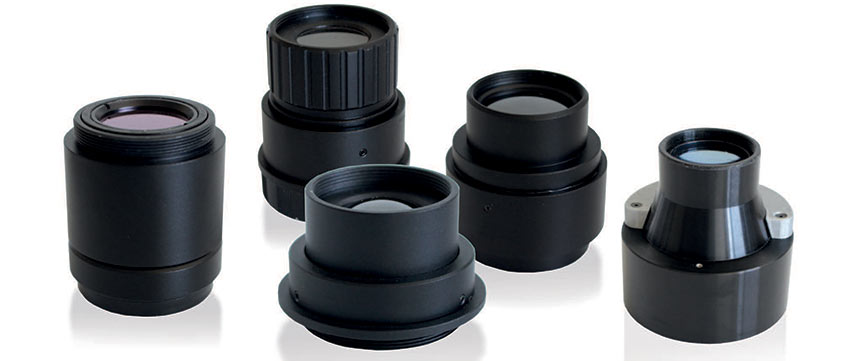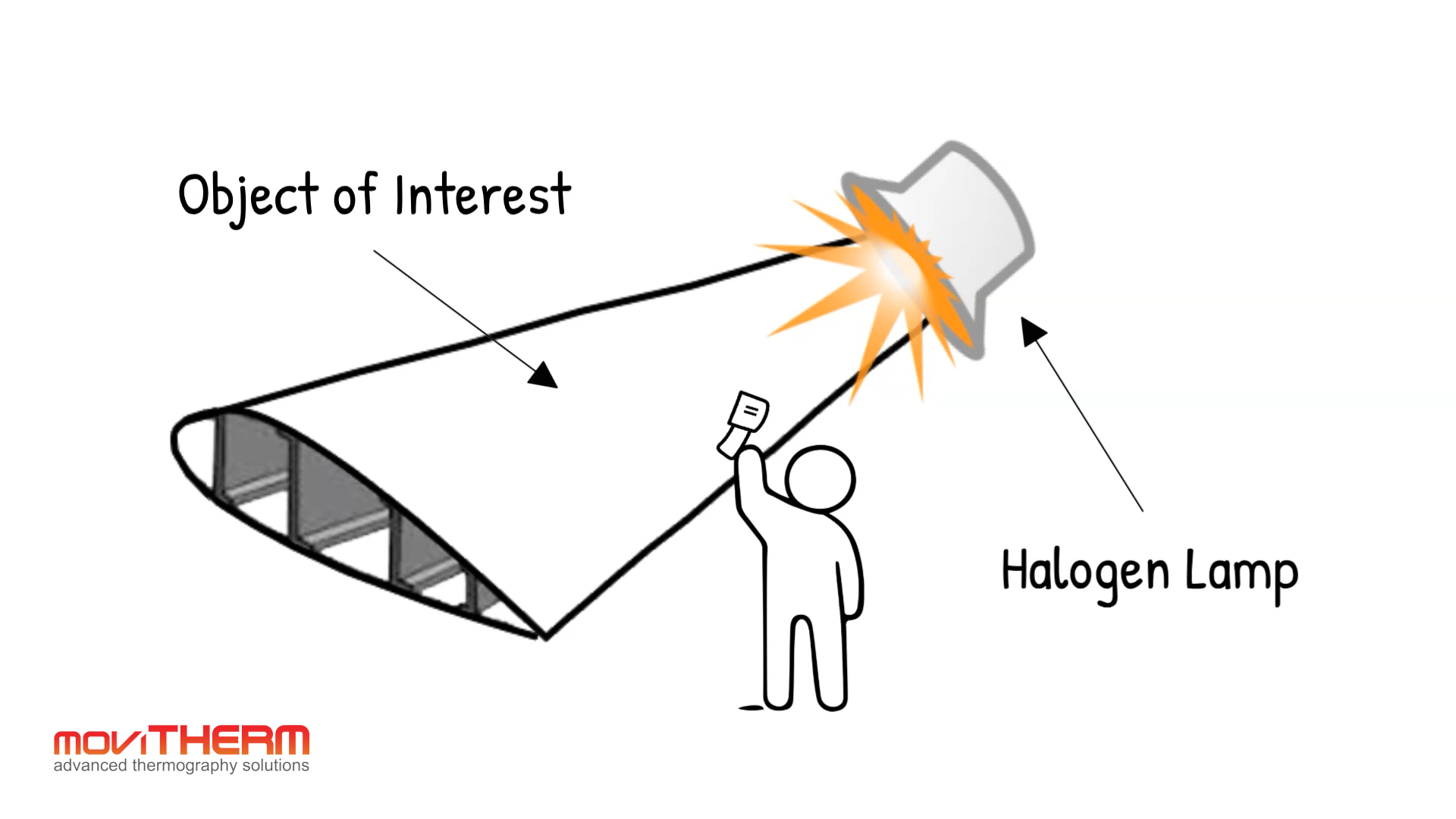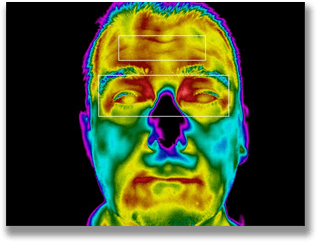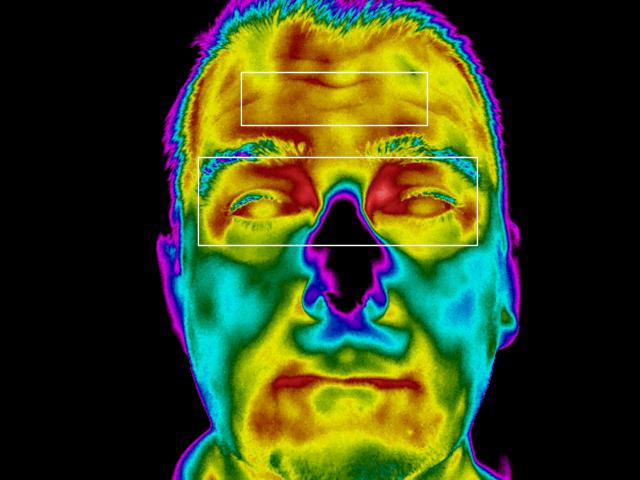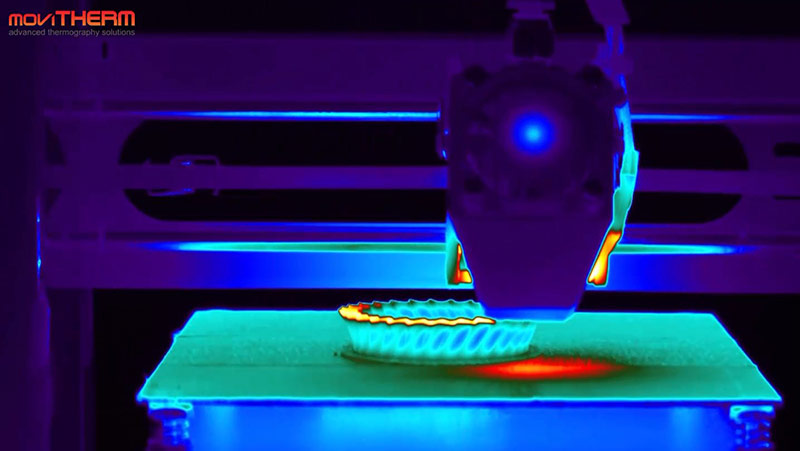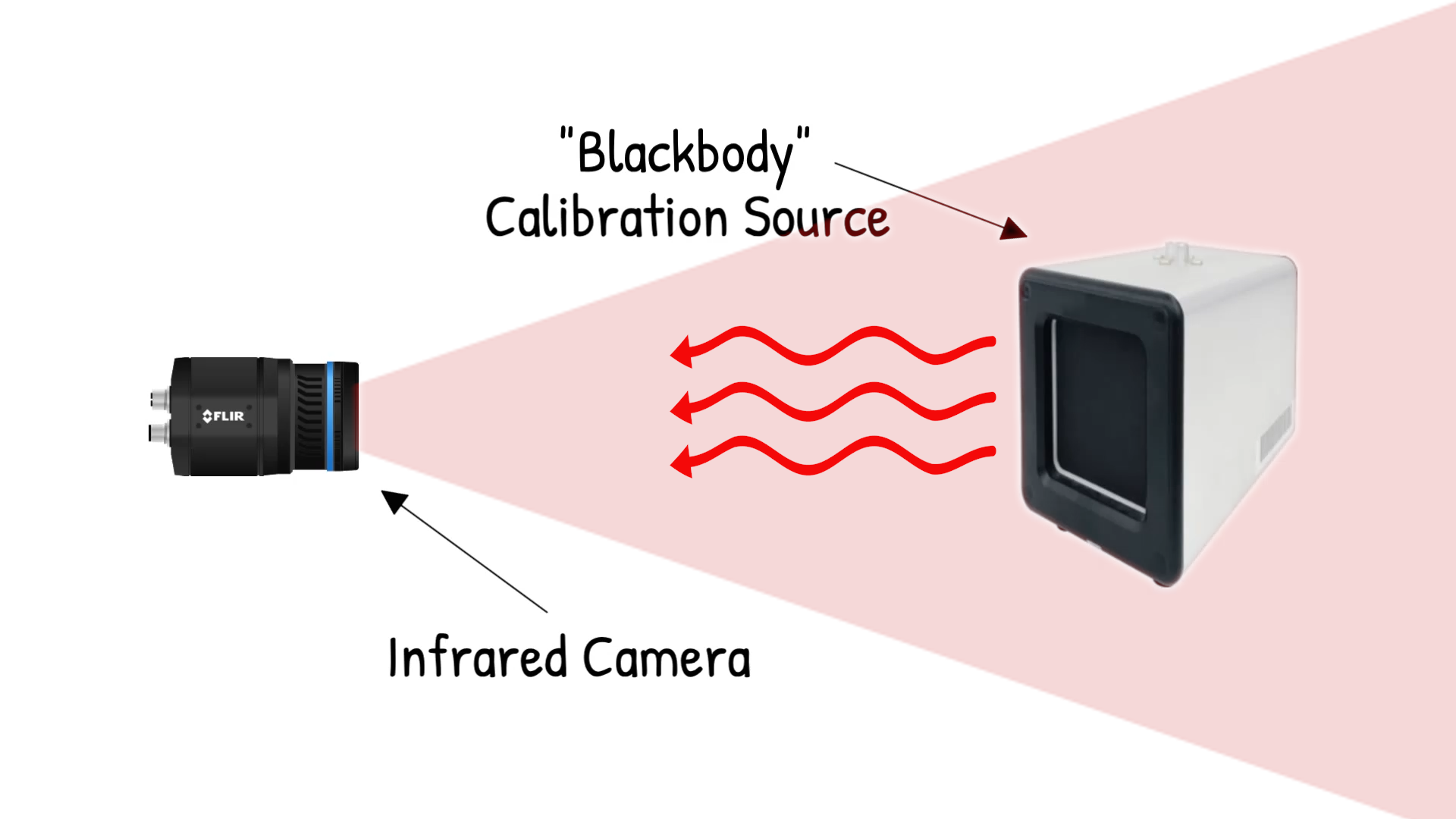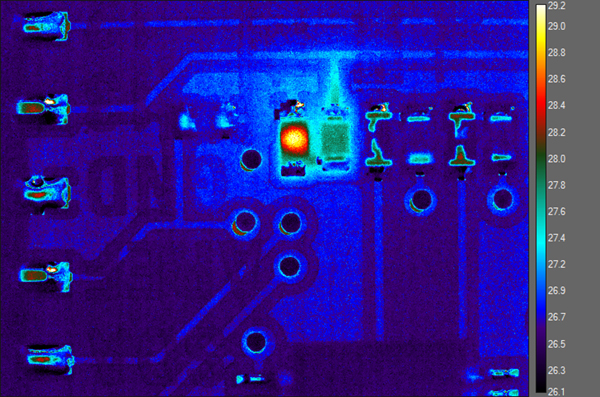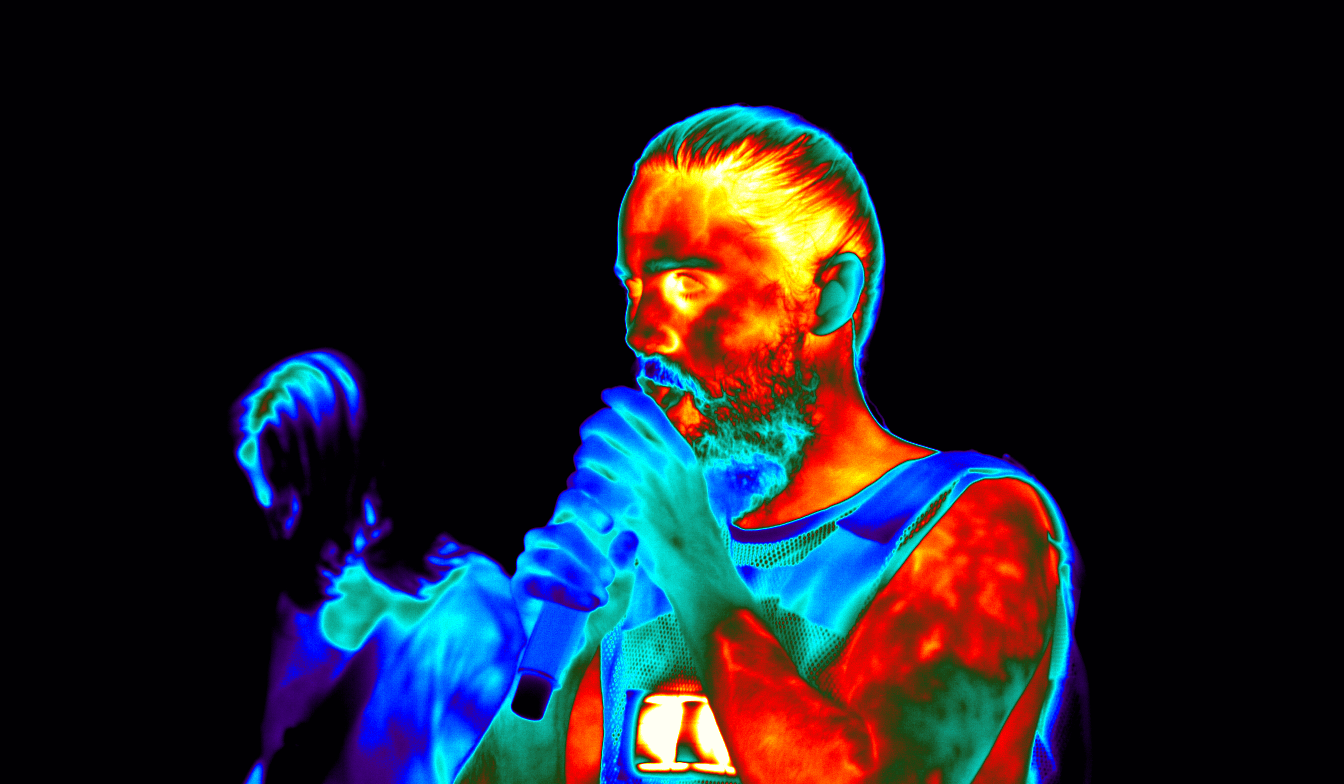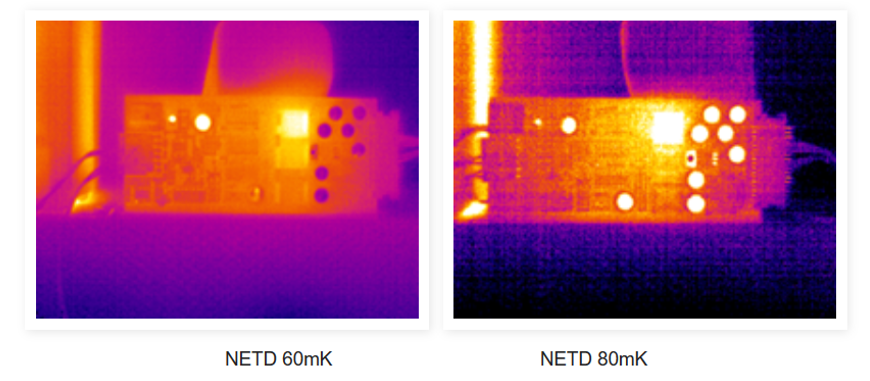How to Perform a Thermal Camera Calibration
Thermal Camera Calibration
We often get asked if the calibration of an infrared or thermal camera can be performed in the field, by the customer. While this question appears straight-forward, further clarification is necessary in order to avoid confusion. Some infrared cameras are inherently not temperature calibrated by the manufacturer. The purpose of these cameras is to simply distinguish between the hot and cold regions of a scene, in relative terms. Typically, these types of cameras output a black and white or monochrome image for surveillance applications. We also refer to these applications as performing a qualitative inspection vs. a quantitative inspection. On the other hand, there are temperature calibrated, true thermography cameras, that are being used to perform absolute temperature measurements. These are calibrated at the factory and need to be re-calibrated from time to time. So, the question about calibration really becomes a two-part question. The first part is this: Is the camera a calibrated, thermography camera, or an uncalibrated IR camera? Assuming calibration is an option for your camera, then we can move on to the second part of the question
Can I (re-)calibrate a thermal camera myself?
The factory calibration of a thermal camera is usually good for up to one year. Depending on the purpose of the camera and your company policy on maintaining calibrations for equipment, you may have to account for getting your thermal camera re-calibrated. Unfortunately, this calibration can only be performed by the camera manufacturer.
There are several reasons for this. In order to calibrate a thermal camera, one must perform a multi-point calibration. In other words, multiple temperature samples, spanning the entire temperature range of the camera, need to be presented to the camera in succession. The camera detector, readout electronics, and lens will experience temperature drift due to heat dissipation during the calibration. This would create errors during the calibration that may exceed the specification of the camera. Using just one or two black bodies wouldn’t suffice, since the settling time of any black body would most likely exceed the time one should take for the calibration in the first place. In practice, manufacturers mitigate the potential issues by using an array of black bodies programmed at different temperature points across the desired temperature range of the camera. A robotic arm can then quickly move the camera from black body to black body, thus greatly reducing the time that the camera has to wait before calibrating the next temperature point.
The photo on the left shows a calibration laboratory designed for that purpose. In addition, the manufacturer has to save the calibration values in the non-volatile memory of the camera’s electronics. An end-user usually does not have access to that part of the camera. These are just some of the reasons why an end-user cannot perform a re-calibration of a thermography camera.
Can I add temperature calibration to an infrared camera?
Looking back to the first part of the question, suppose you have an uncalibrated infrared camera. What are your calibration options in that case? There is a significant cost difference between an infrared camera and a calibrated thermography camera. Hence, technology-savvy folks are often wondering, why they couldn’t just use a thermocouple and perform a two-point calibration. One point at the lower end of the temperature range and one at the upper temperature range. Then just map the intensity values of the camera to these two points and voila – we have a temperature calibrated camera. Well, in reality, it isn’t that simple.
Here is why:
First, as we have learned from the setup of the calibration laboratory, a multi-point calibration is necessary to get any sort of accuracy out of a camera. This is due to the non-linearity in the detector and possibly other parts of the electronics. A multi-point lookup table is required in combination with some complex curve fitting and some other secret sauce in order to extract accurate temperature readings from a thermal camera.
To make matters worse, there is also temperature drift. The detector experiences different temperatures, partially due to ambient temperature changes, partially due to heat dissipation of the camera electronics. The same is true for the lens as well as the readout electronics. All these constantly varying temperatures need to be measured and compensated for. One mechanism that performs this job is the ‘NUC’ flag. NUC stands for non-uniformity calibration. It is a miniature black body that regularly drops in front of the detector, making a clicking noise when activated. The camera assumes that this flag has a uniform temperature and corrects for any drift internally. This correction in turn also impacts the temperature measurement and its drift and stability.
A simpler infrared camera, that was never intended to measure absolute temperature, usually does not have all the provisions necessary to perform all these corrections. What you would end up with when trying to use this sort of camera as a temperature measuring device, is a very unstable, constantly drifting “guessing” device.
About moviTHERM
moviTHERM – Advanced Thermography Solutions was founded in 1999. The company offers solutions for plastic welding, package sealing, and non-destructive testing. In addition, moviTHERM provides IoT Cloud monitoring solutions for thermal imaging applications for early fire detection, machine condition monitoring, and other applications. moviTHERM is a Teledyne Flir Premium Partner and master distributor for FLIR Thermal Cameras for automation and science applications.



